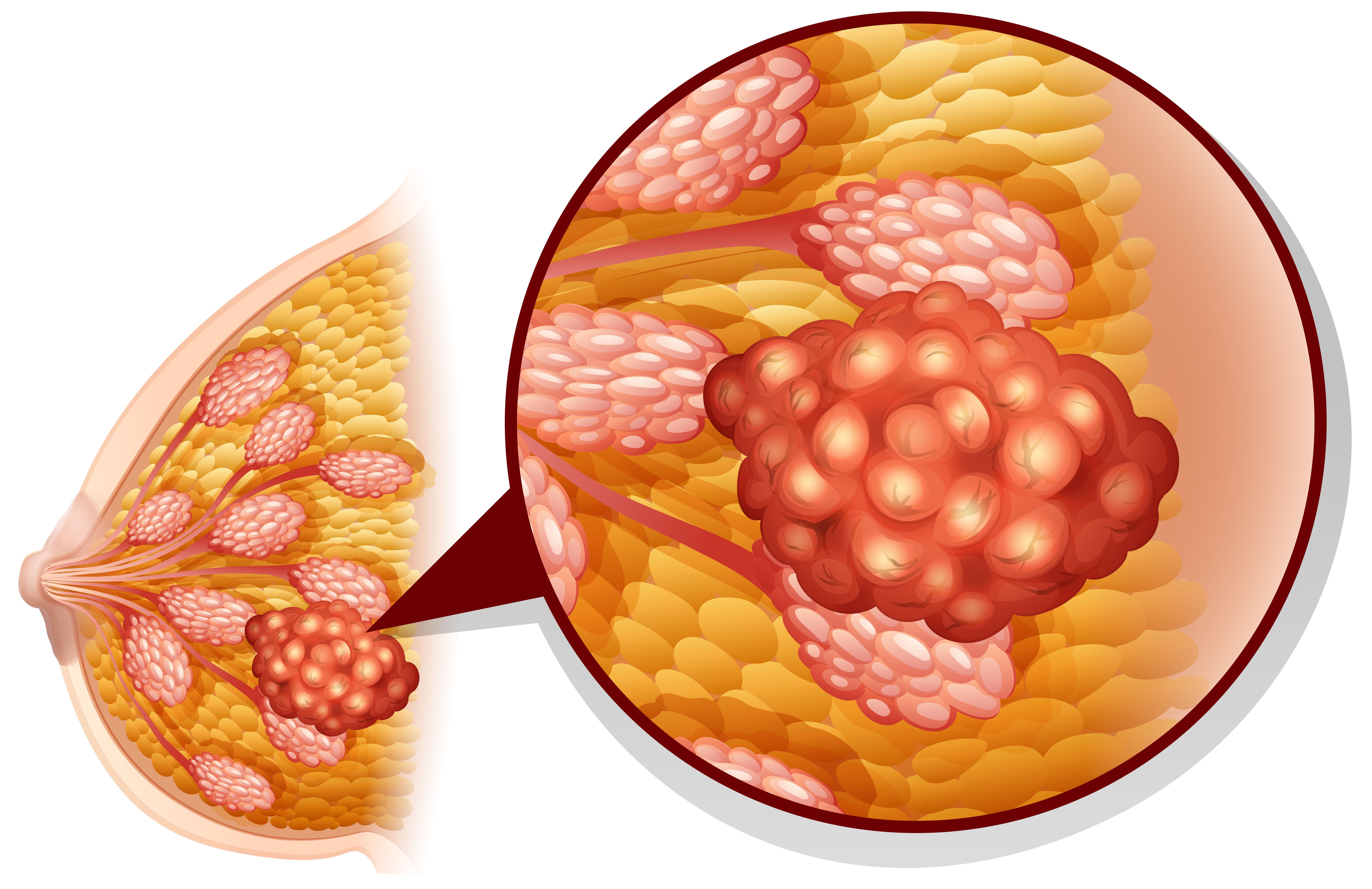Bria-IMT Enhances Survival vs Sacituzumab Govitecan in HR+ Breast Cancer
No treatment-related discontinuations have been observed related to Bria-IMT treatment for hormone receptor–positive breast cancer.
Among 25 patients identified as having HR-positive breast cancer, the median overall survival was 17.3 months with Bria-IMT plus ICI, exceeding historical survival data for the standard-of-care antibody-drug conjugate sacituzumab govitecan, which has a median overall survival of 14.4 months in this patient group, and single-agent chemotherapy, which has a median overall survival of 11.3 months.

Bria-IMT plus immune checkpoint inhibition (ICI) elicited enhanced survival outcomes in a small cohort of patients with hormone receptor (HR)–positive breast cancer vs sacituzumab govitecan-hziy (Trodelvy) in a phase 2 study, according to a news release from the drug’s developer, BriaCell Therapeutics Corp.1 Additionally, Bria-IMT displayed comparable survival outcomes to sacituzumab govitecan in patients with triple-negative breast cancer (TNBC).
Results from the phase 2 trial in late-stage metastatic breast cancer revealed that among 25 patients identified as having HR-positive breast cancer, the median overall survival (OS) was 17.3 months with Bria-IMT plus ICI. This exceeds historical survival data for the standard-of-care antibody-drug conjugate sacituzumab govitecan, which has a median OS of 14.4 months in this patient group, and single-agent chemotherapy, which has a median OS of 11.3 months. Of note, the median number of prior lines of therapy in the Bria-IMT, sacituzumab govitecan, and chemotherapy groups were 6, 4, and 4, respectively.
Additionally, Bria-IMT plus ICI showed comparable survival outcomes to sacituzumab govitecan in patients with TNBC, with a median OS of 11.4 months vs 11.8 months, respectively. Both regimens enhanced survival outcomes vs single-agent chemotherapy, which historically has shown a median OS of 6.9 months. Furthermore, the median number of prior lines of therapy in the Bria-IMT, sacituzumab govitecan, and chemotherapy TNBC groups were 6, 3, and 3, respectively.
“[HR-positive] and [triple-negative] metastatic breast cancer represent a significant proportion of the patient population and are the most difficult patient groups to treat. They have limited therapeutic options and [OS] of only a few months,” Giuseppe Del Priore, MD, chief medical officer of BriaCell, stated in the news release on the study findings.1 “Our clinical data support our hypothesis that the Bria-IMT regimen [plus ICI] has the potential to address the unmet medical needs of [patients with HR-positive] and [triple-negative metastatic breast cancer] and provide an effective and well-tolerated therapeutic option.”
A total of 54 patients with metastatic breast cancer and a median number of 6 prior treatments were enrolled in the phase 2 trial. Additionally, 37 patients were treated with a formulation currently under investigation in an ongoing phase 3 trial (NCT06072612) evaluating Bria-IMT in metastatic breast cancer.2
Patients in the phase 3 trial will be randomly assigned 1:1:1 to receive the Bria-IMT regimen plus ICI, an active comparator treatment of physician’s choice, or Bria-IMT monotherapy. After an initial enrollment of 150 patients, the monotherapy arm will be discontinued, with patients permitted to cross over into the combination arm if needed and random assignment between the combination and comparator arms occurring thereafter. Treatment cycles will occur every 3 weeks, and treatment will continue in the absence of safety events or disease progression.
Patients treated in the Bria-IMT combination arm are pretreated with 300 mg/m2 of cyclophosphamide on days –2 and –3, and Bria-IMT is given intradermally in 4 inoculations on days 1 to 3, with ICI infusion plus interferon given intradermally within each inoculation site. Patients in the comparator arm are treated differently based on physician’s choice, and options consist of either eribulin, carboplatin, capecitabine, gemcitabine, vinorelbine, or taxanes.
The primary end point of the phase 3 study is OS. Secondary end points include progression-free survival, clinical benefit rate, overall response rate, quality of life, and central nervous system event-free survival.
Eligibility criteria for the phase 3 trial include patients 18 years or older with histologically confirmed, locally unresectable and/or metastatic breast cancer not amenable to local treatment; late-stage metastatic breast cancer with no meaningful alternative therapies; clinically stable brain metastases; a life expectancy of 4 or more months; and an ECOG performance status of 0, 1, or 2.
References
- BriaCell phase 2 survival data beats leading standard in HR+ breast cancer. News release. BriaCell Therapeutics. April 16, 2025. Accessed April 17, 2025. https://tinyurl.com/2vnbmk88
- Study of the Bria-IMT regimen and CPI vs physicians' choice in advanced metastatic breast cancer: (BRIA-ABC). ClinicalTrials.gov. Updated April 11, 2025. Accessed April 17, 2025. https://tinyurl.com/38jytnju